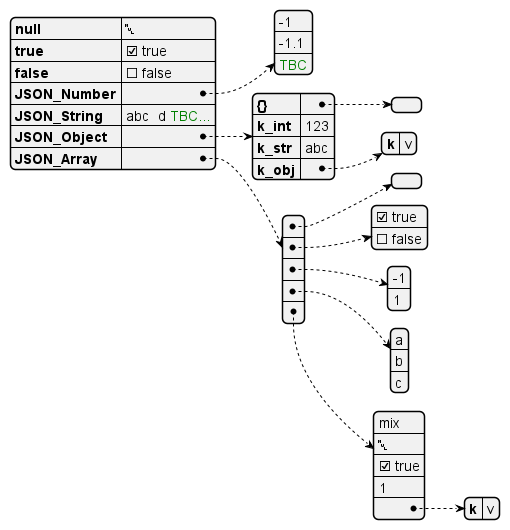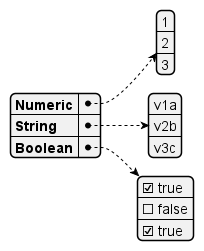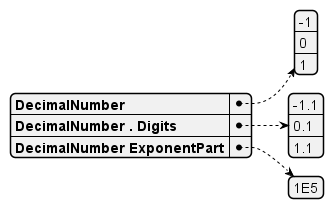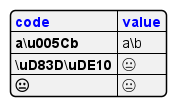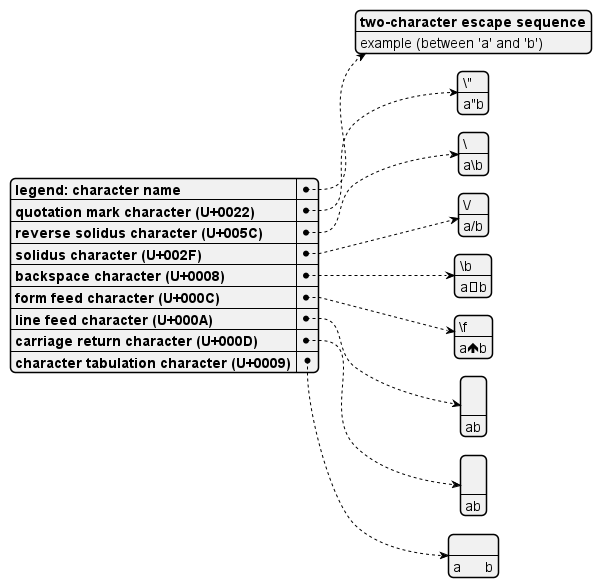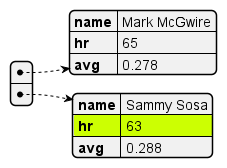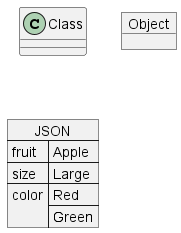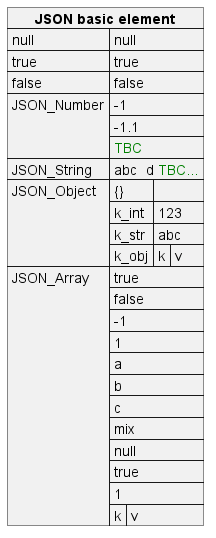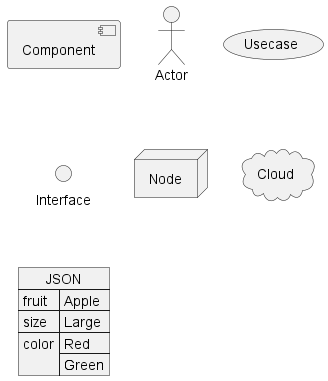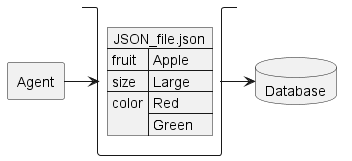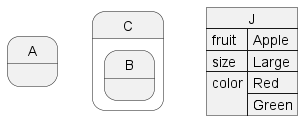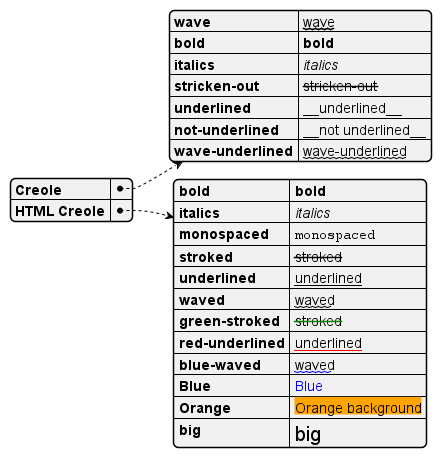🎉 Copied! 
 | @startjson
[
{
"category": "트럭",
"features": [
{
"name": "연식",
"example": "2010-05",
"type": "string"
}
],
"subcategory": [
{
"category": "트레일러",
"subcategory": [
{
"category": "컨테이너 트레일러",
"subcategory": [
{
"category": "콤바인샤시"
},
{
"category": "구즈넥(라인)샤시"
},
{
"category": "콤비라인샤시"
}
],
"features": [
{
"name": "피트(ft)",
"example": "20",
"type": "int",
"values": [
{
"name": "20피트",
"value": "20"
},
{
"name": "40피트",
"value": "40"
}
]
}
]
},
{
"category": "평판 트레일러",
"subcategory": [
{
"category": "평판샤시"
},
{
"category": "로우베드"
},
{
"category": "삐딱이샤시"
}
],
"features": [
{
"name": "평판 길이(mm)",
"example": "6700",
"type": "int",
"min": 0,
"max": 99999
}
]
},
{
"category": "탱크/덤프 트레일러",
"subcategory": [
{
"category": "BCT(벌크 시멘트 트레일러)"
},
{
"category": "탱크로리"
},
{
"category": "덤프츄레라"
}
],
"features": [
{
"name": "루베(㎥)",
"example": "30",
"type": "int",
"min": 0
}
]
},
{
"category": "밴형 트레일러",
"subcategory": [
{
"category": "윙 트레일러"
},
{
"category": "탑 트레일러"
}
],
"features": [
{
"name": "냉동기 여부",
"example": "Y",
"type": "string",
"values": [
{
"name": "냉동기 있음",
"value": "Y"
},
{
"name": "냉동기 없음",
"value": "N"
}
]
}
]
}
],
"features": [
{
"name": "복륜 여부",
"example": "Y",
"type": "string",
"values": [
{
"name": "복륜",
"value": "Y"
},
{
"name": "단륜",
"value": "N"
}
]
},
{
"name": "리프팅 여부",
"example": "Y",
"type": "string",
"values": [
{
"name": "리프팅",
"value": "Y"
},
{
"name": "리프팅 없음",
"value": "N"
}
]
},
{
"name": "앞축",
"example": "1",
"type": "int",
"min": 2,
"max": 6
},
{
"name": "후축",
"example": "2",
"type": "int",
"min": 2,
"max": 6
}
]
},
{
"category": "트랙터",
"features": [
{
"name": "제조사",
"example": "현대",
"type": "string",
"values": [
{
"name": "현대",
"value": "현대"
},
{
"name": "타타대우",
"value": "타타대우"
},
{
"name": "볼보",
"value": "볼보"
},
{
"name": "스카니아",
"value": "스카니아"
},
{
"name": "벤츠",
"value": "벤츠"
},
{
"name": "만",
"value": "만"
},
{
"name": "이베코",
"value": "이베코"
}
]
},
{
"name": "모델명",
"example": "FH",
"type": "string",
"values": []
},
{
"name": "캡",
"example": "표준탑",
"type": "string",
"values": [
{
"name": "표준탑",
"value": "표준탑"
},
{
"name": "중간탑",
"value": "중간탑"
},
{
"name": "하이탑(글로벌)",
"value": "하이탑(글로벌)"
}
]
},
{
"name": "축",
"example": "원데후(6X2)",
"type": "string",
"values": [
{
"name": "원데후(6X2)",
"value": "원데후(6X2)"
},
{
"name": "투데후(6X4)",
"value": "투데후(6X4)"
}
]
},
{
"name": "마력",
"example": "380",
"type": "int",
"min": 0,
"max": 9999
},
{
"name": "변속기",
"example": "자동",
"type": "string",
"values": [
{
"name": "자동",
"value": "자동"
},
{
"name": "수동",
"value": "수동"
}
]
},
{
"name": "주행거리",
"example": "100000",
"type": "int",
"min": 0,
"max": 999999
}
]
}
]
}
]
@endjson
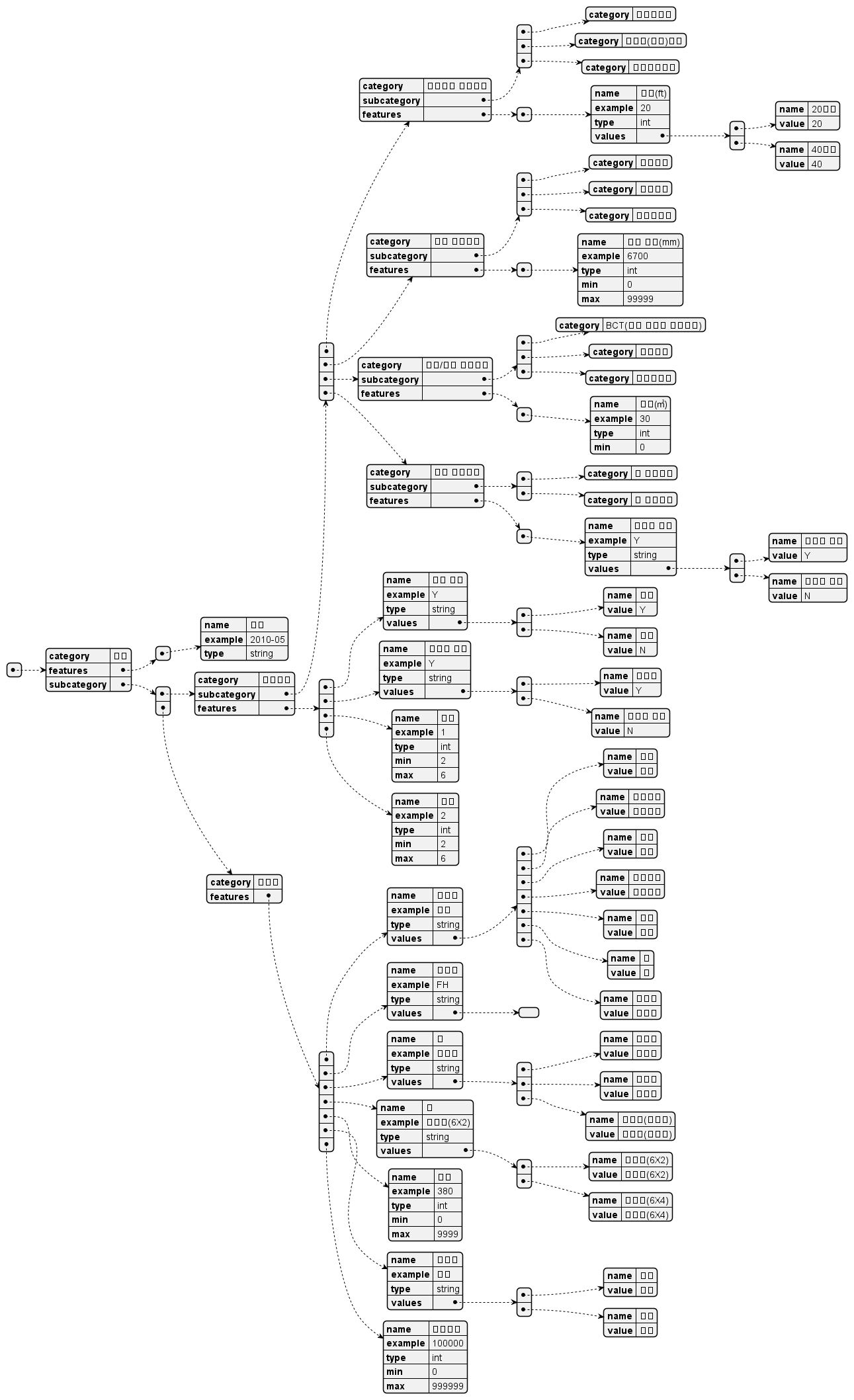 |




